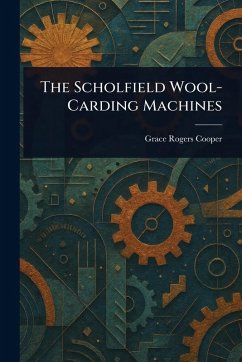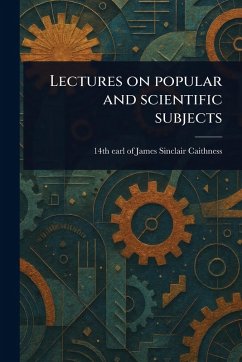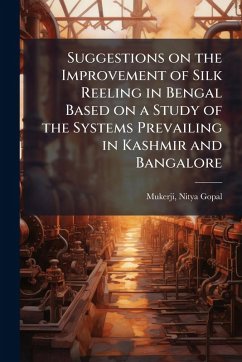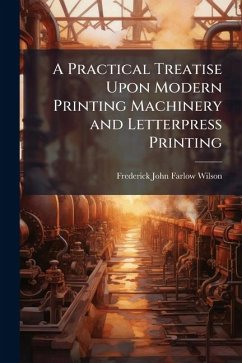
Solder, Its Production and Application

PAYBACK Punkte
9 °P sammeln!
Solder, Its Production and Application is a comprehensive guide to the production, properties, and uses of solder, written by Frederick Walter Schultz. Originally published in 1908, this book delves into the intricacies of solder composition, manufacturing processes, and practical applications across various industries. Schultz meticulously explores different types of solder, their melting points, and their suitability for specific materials and joining techniques. The book provides detailed instructions for preparing surfaces, applying solder, and achieving strong, reliable bonds. It also dis...
Solder, Its Production and Application is a comprehensive guide to the production, properties, and uses of solder, written by Frederick Walter Schultz. Originally published in 1908, this book delves into the intricacies of solder composition, manufacturing processes, and practical applications across various industries. Schultz meticulously explores different types of solder, their melting points, and their suitability for specific materials and joining techniques. The book provides detailed instructions for preparing surfaces, applying solder, and achieving strong, reliable bonds. It also discusses common soldering defects and how to prevent them. This historical text offers valuable insights into the soldering practices of the early 20th century and remains a useful resource for understanding the fundamentals of this essential metalworking process. This work has been selected by scholars as being culturally important, and is part of the knowledge base of civilization as we know it. This work was reproduced from the original artifact, and remains as true to the original work as possible. Therefore, you will see the original copyright references, library stamps (as most of these works have been housed in our most important libraries around the world), and other notations in the work. This work is in the public domain in the United States of America, and possibly other nations. Within the United States, you may freely copy and distribute this work, as no entity (individual or corporate) has a copyright on the body of the work. As a reproduction of a historical artifact, this work may contain missing or blurred pages, poor pictures, errant marks, etc. Scholars believe, and we concur, that this work is important enough to be preserved, reproduced, and made generally available to the public. We appreciate your support of the preservation process, and thank you for being an important part of keeping this knowledge alive and relevant.












